Alhambra “Home on the Hill” – Darlington School – 1014 Cave Spring Road
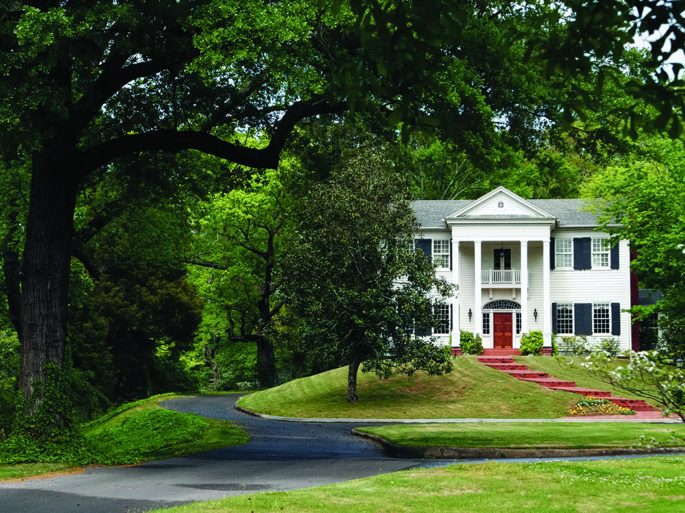
Rome’s forefathers met at Alhambra to name the new city in 1834. Built in 1832 by Major Philip Walker Hemphill, Home-on-the-Hill/Alhambra is said to be the oldest private residence in Floyd County. Rome was one of several names literally pulled from a hat. Our town was almost christened Hamburg, among several other choices suggested by our founding fathers. It is currently part of the Darlington campus and serves as the home of the head of school.
Thornwood – 315 Shorter Avenue NW
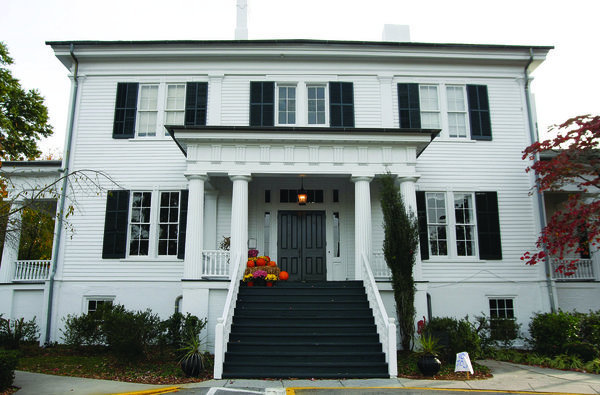
Built in the late 1830s after Col. Alfred Shorter moved to Rome from Eufaula, Alabama, was named for the hawthorn trees that were abundant on the property. During the Civil War, Thornwood was twice occupied by federal troops. Shorter and his wife had taken temporary refuge at their second home in South Georgia when the first Yankee soldiers, scouts for Col. Abel D. Streight, took over the home for a brief period in 1863. A year later, during Sherman’s plundering of Georgia on the way to Savannah, Yankee troops again occupied the home.
317 East 4th Street
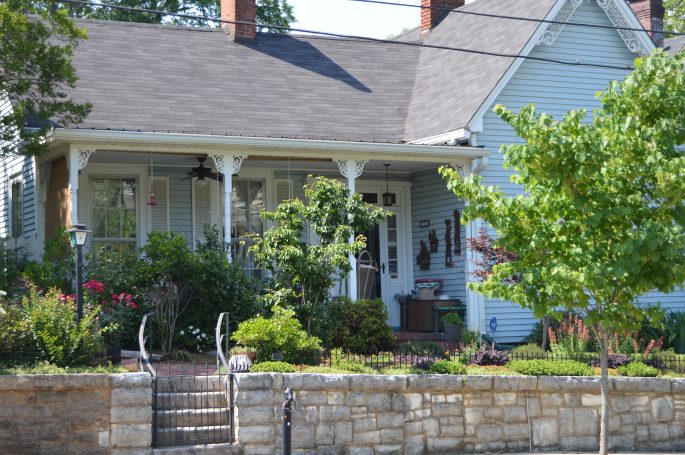
The four main rooms of this Victorian style cottage each measure approximately 15 square feet. The floors are heart pine except for the center hallway which is hard rock maple.
615 West 1st Street
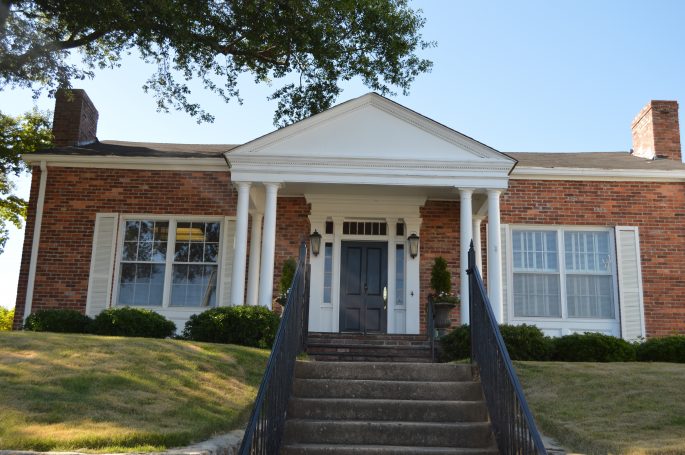
This home was built by Nicholas Omberg before the Civil War. He was a member of the Home Guard of 41 Romans who refused to leave the city after the Union invasion in May of 1864. After the occupation ended, Omberg was shot down by renegade marauders within a stone’s throw of the house as he attempted to prevent the robbing and hanging of a friend. It was in this house that Dr. Robert Battey also performed the first oophorectomy on the kitchen table. Although many were certain the patient would die, Julia Omberg lived 50 years longer and died at the age of 80.
316 East 3rd Avenue
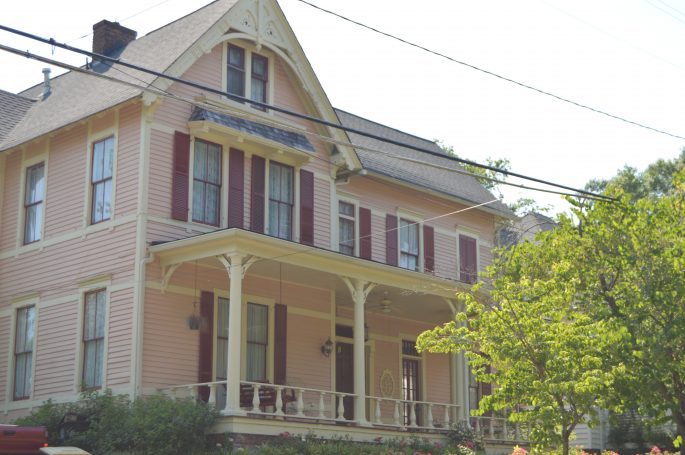
A classic Victorian house, the home of Dr. Eben Hillyer who was the son of Judge Julius Hillyer. Judge Hillyer was a lawyer, congressman, Superior Court Judge and solicitor of the U.S. Treasury until Georgia seceded from the Union.
301 East 5th Avenue
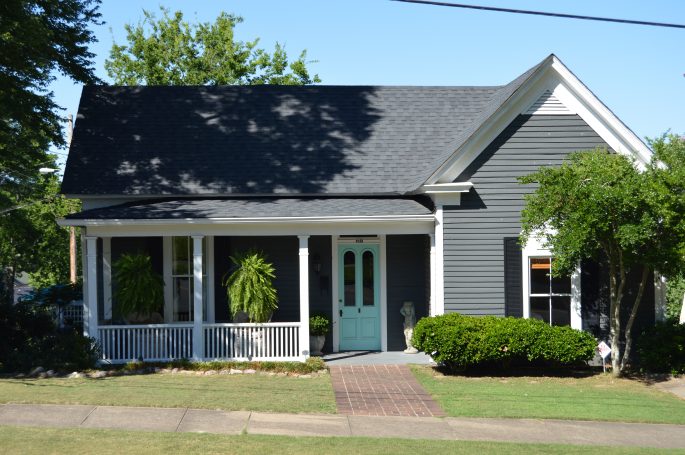
This clapboard cottage was once the home of nationally known golfer, Alvin Everett. He won the National Left-Handers Golf Tournament three times and was responsible for an interest in the game of golf in the Rome area that still inspires others today.
318 East 5th Avenue
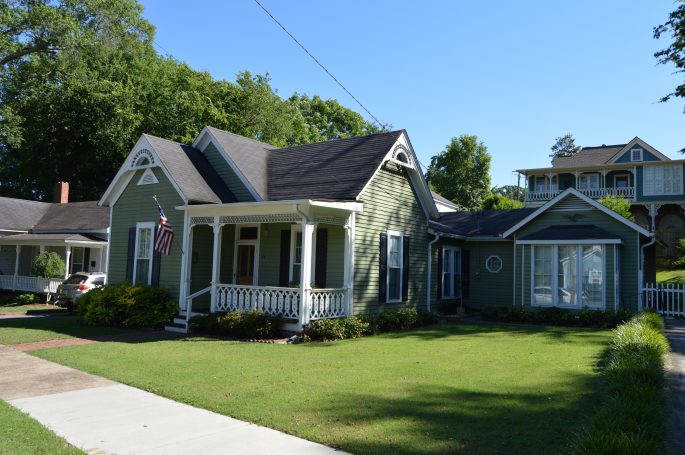
This Victorian cottage was initially built as rental property and features original gingerbread eaves. Many of the homes on Fifth Avenue housed multiple families during the late 1800s and early 1900s. On the mantle of the living room, which used to be a bedroom, there is a message: “Henry Taylor left Rome in 1908.” The message was hammered in, upside down, using a square nail.
I will also be leading the Downtown Guided Tour on Aug. 6 to see these fabulous homes in person! In case you missed the last two installments, click below.
Gorgeous Photos of Rome’s Historic Homes Part-1
Gorgeous Photos of Rome’s Historic Homes Part-2

These houses are lovely! I do miss seeing these homes. There is so much history in the places we live. To bad we don’t recognize it sooner. Living now in Canton Oh, this is a greedy reminder of my home town.
Enjoyed these pictures so much. I was born in Rome in the Harbin Hospital , but parents moved several years after my birth. I visited my grandparents there in the 50s who lived in a large white frame house at 305 E 5th Ave. Can you show a pic of it now or send me by e-mail. Thanks.
I grew up in Rome and was not aware of and never had an opportunity to see or visit these beautiful historical homes. As a matter of fact, I do not remember my school curriculum including Rome history. I moved away in 1965 to attend college. Although I continue to love my hometown, the memories of segregation and minimal job opportunists for the black population cast a dark shadow on Rome’s history. It is too bad that there are no listings of historical homes owened by black citizens (or did I miss something?). History is only as valuable as the citizenry it represents. I hope that one day very soon tributes are made to the black people who lived and worked to make Rome what it is today.
Gwen Whitt
Silver Spring, MD
Beautiful pictures, Rome is blessed with some fascinating architecture! I enjoy learning the history. Hope I can come up and see them soon.
“Alhambra” has one of the most unusual fan lights I’ve ever seen. Thornwood’s twin windows are very intriguing, my understanding is that “double-hung windows” weren’t a feature until after 1900, so perhaps this house was ahead of its time.